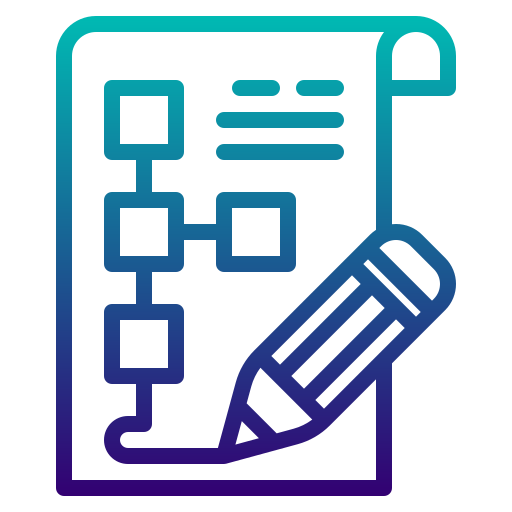
Pathways to Progress: A Federal Roadmap for College and Career Pathways
Our nation’s future is full of promise as we recognize the potential for reimagining high schools to center learners and create systems that fully support them in their educational pathways. In the evolving landscape of education, our nation’s young people are thinking about their futures differently. Today, “54% [of students] say the pandemic has changed how they think about what they might do after graduation.”1https://www.the74million.org/article/poll-hs-students-need-good-data-to-plan-their-futures-heres-how-to-help/ Yet, only “35% reported that their school informed them of what postsecondary or career paths are available to them.”2Ibid. Still, our nation’s young people continue to demonstrate limitless potential. Despite the challenges and upheavals of recent years, they persist in leading progress in their communities and crafting innovative opportunities for themselves and their peers.
To realize this promise, it is essential that our focus in federal education efforts remains centered on learners. Our education system must evolve to meet the changing demands of a globally competitive world, where high-paying jobs and fulfilling futures await those who are well prepared.
Across the country, dedicated educators have labored to establish pathway programs, offering students access to learning, clear guidance, and opportunities for growth. State leaders and policymakers have contributed by investing in systems and crafting policies that enable students to embark on their postsecondary journeys while still in high school. The federal government, too, has played a role by supporting pathway initiatives on a national scale. However, despite these efforts, the current patchwork of options across the country has led to disparities, creating a system of “haves” and “have-nots.” Some students may have access to a few options, but these options may not align with their individual needs or may be hindered by systemic barriers.
Nevertheless, there is promise on the horizon. This report emphasizes the critical importance of learner-centered approaches within our educational systems. It advocates for strategies that prioritize students, recognizing their unique needs, talents, and aspirations. Such an approach calls for a flexible and adaptive educational framework within every high school, one that actively supports diverse learning styles and paces. The report underscores the need for resources tailored to individual learning trajectories, creating an environment where students are not passive recipients of education but active participants in their learning journey. Aligning educational structures with the needs of learners can pave the way for pathways that not only meet students where they are but also empower them to reach their full potential.
This empowerment is central to nurturing a generation of learners capable of navigating and contributing to an increasingly complex and dynamic world. The focus, therefore, must be on building educational ecosystems that are both student-centered and systemically strong, ensuring that each learner’s journey is personally fulfilling and academically enriching.
This report provides a comprehensive description of key elements necessary for students and systems to establish equitable and effective college and career pathways. It also offers examples of policies and programs aligned with these elements. While effective policies exist across federal departments and agencies, a truly comprehensive approach that incentivizes system alignment is rare. Therefore, this report calls for the reimagining of the nation’s high schools, with initiatives like the Career-Connected High School program serving as an example of a federal initiative that effectively promotes college and career pathways.
The federal government has a pivotal role to play in supporting our nation’s future leaders by demanding equity and quality in our education systems. Through strategic investments in pathways, federal policy can empower states and localities to provide learners with the resources they need to succeed in an ever-changing world.
Policy Priorities
All4Ed urges the 118th Congress to come together to support a pathways-focused education agenda that continues meaningful progress in schools and states as they work to prepare young people for college and careers.
- Ensure access to advanced coursework.
- Expand career exploration opportunities.
- Offer dedicated counseling and guidance.
- Provide additional support to those with additional needs.
- Relieve the cost burden on students and families.
- Guarantee systems are adequately and sustainably funded.
- Enable shared data systems.
- Create robust accountability frameworks to assure quality.
- Require system alignment.
Federal Pathways Pillars
Each plays a foundational role in creating a federal system focused on creating opportunities for learners.

Opening Doors:
Ensuring Access to Advanced Coursework in High Schools

Navigating Futures:
Enhancing Career Exploration

Supporting Success:
Comprehensive Counseling, Navigation, and Wrap-Around Services

Measuring Progress:
Strengthening Data Systems and Accountability

Creating Cohesion:
Aligning Systems for Seamless Credit Transfer and Graduation Pathways

Visionary Education:
The Case for Reimagining High Schools
